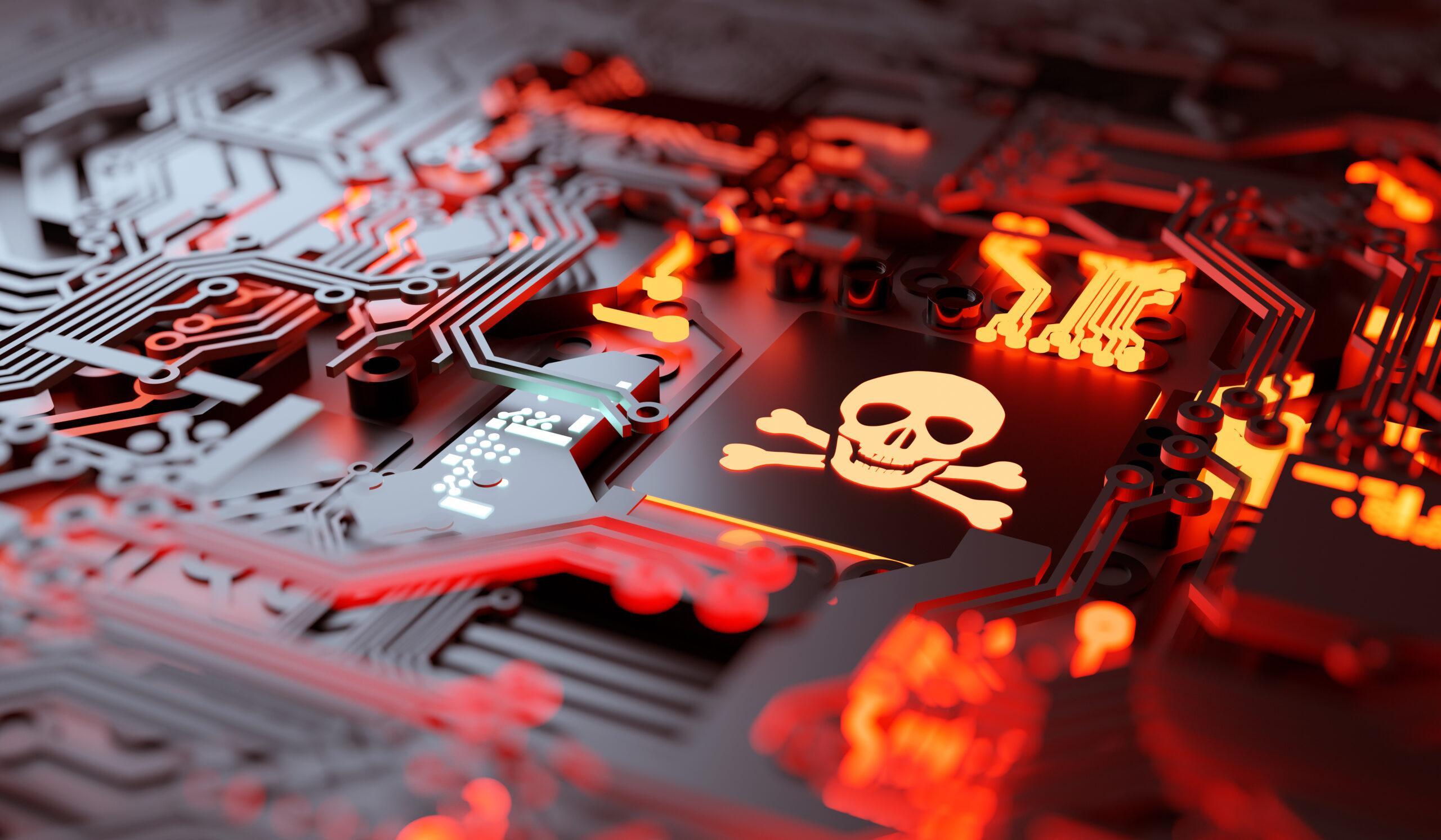
In today’s increasingly connected world, businesses are facing constant threats from cyberattacks. These attacks can result in the loss of valuable data, financial losses, and damaged reputations. To mitigate these risks, it is essential for organizations to have a strong digital defense in place. This is where Cyber Essentials comes into play. Cyber Essentials is a set of best practices and security measures that businesses can adopt to protect themselves against a wide range of cyber threats. In this article, we will unlock the secrets to Cyber Essentials and explore how it can help businesses build a robust and resilient digital defense. By understanding the core principles of Cyber Essentials and implementing them effectively, organizations can significantly reduce their vulnerability to cyberattacks and ensure the safety and security of their digital assets. So, let’s dive in and discover the key components and benefits of Cyber Essentials.
Cyber Essentials Plus Audit
Understanding Cyber Essentials
In today’s digitally connected world, protecting sensitive information and data has become more vital than ever. Cyber Essentials is a framework that offers organizations a clear set of guidelines and best practices to enhance their digital defense capabilities. By implementing the Cyber Essentials principles, businesses can significantly reduce their vulnerability to cyber threats and safeguard their valuable assets.
The Cyber Essentials framework focuses on five key areas: boundary firewalls and internet gateways, secure configuration, user access control, malware protection, and patch management. By addressing these crucial components, organizations can build a robust cybersecurity foundation and minimize the potential for breaches or unauthorized access to their systems.
One of the primary objectives of Cyber Essentials is to ensure that businesses have effective measures in place to protect against common cyber threats. By applying the recommended controls and following industry best practices, companies can strengthen their resilience to attacks such as phishing attempts, malware infections, and unauthorized access attempts.
Furthermore, Cyber Essentials promotes a proactive approach to cybersecurity. It encourages organizations to regularly review and update their security measures to adapt to evolving cyber threats. By continuously monitoring and improving their digital defense posture, businesses can stay one step ahead of potential attackers and better protect their sensitive information.
In conclusion, Cyber Essentials provides a valuable framework for organizations seeking to establish a strong digital defense. By understanding and implementing the recommended controls, businesses can enhance their cybersecurity posture and mitigate the risks associated with cyber threats. Embracing Cyber Essentials is a proactive step towards safeguarding valuable assets and maintaining the trust of clients and stakeholders in an increasingly interconnected world.
Key Components for a Strong Digital Defense
In today’s digital landscape, protecting against cyber threats has become an essential aspect of any organization’s operations. By implementing robust cybersecurity measures, businesses can safeguard their sensitive information and maintain the trust of their customers. To build a strong digital defense, several key components are crucial to consider:
Network Security: A fundamental component of cyber essentials is ensuring the security of the network infrastructure. This involves implementing strong firewalls, intrusion detection and prevention systems, and secure network protocols. By securing the network, organizations can prevent unauthorized access, data breaches, and potential disruptions caused by cyber attacks.
Endpoint Protection: Endpoints, such as laptops, desktop computers, and mobile devices, are often targeted by cybercriminals. It is essential to have advanced endpoint protection mechanisms in place, including robust antivirus and anti-malware software. Regular updates and patches should also be applied to address any vulnerabilities and ensure maximum protection.
Employee Education and Awareness: Employees play a critical role in maintaining a strong digital defense. Organizations should prioritize educating their staff about cybersecurity best practices and the potential risks associated with various online activities. By creating a culture of awareness, employees can become the first line of defense against common cyber threats like phishing scams and social engineering attacks.
Remember, a comprehensive digital defense strategy goes beyond these three components. It requires a proactive approach, regular security assessments, and a commitment to staying updated with the latest cyber threats. By implementing these key components and fostering a cybersecurity-conscious culture, organizations can significantly enhance their digital defense capabilities.
Stay tuned for the next section, where we will delve into additional elements that contribute to a solid cyber essentials framework.
Implementing Cyber Essentials
In order to implement Cyber Essentials, there are several key steps that organizations should take to build a strong digital defense.
First and foremost, it is crucial to ensure that all devices connected to the network have up-to-date antivirus software installed. Regularly updating and patching this software will help to protect against the latest threats and vulnerabilities, reducing the risk of cyberattacks.
Secondly, creating and enforcing strong passwords is an essential element of implementing Cyber Essentials. Weak passwords can be easily cracked, putting sensitive data at risk. Encourage employees to use a combination of letters, numbers, and special characters, and to change their passwords regularly.
Another important aspect of implementing Cyber Essentials is the need to regularly backup data. In the event of a cyberattack or system failure, having recent backups will help to minimize data loss and aid in the recovery process. It is recommended to store backups offline or in a secure cloud storage solution.
By following these steps and implementing Cyber Essentials, organizations can greatly enhance their digital defense capabilities and protect against the ever-evolving threats in the cyber landscape.


